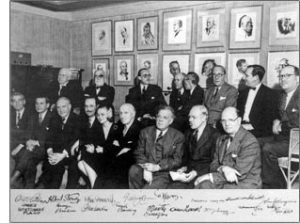 On February 1, 1901, nine artists and one businessman founded the Society of Illustrators with the following credo: “The object of the Society shall be to promote generally the art of illustration and to hold exhibitions from time to time.” This simple dictum has held true for over a century.
On February 1, 1901, nine artists and one businessman founded the Society of Illustrators with the following credo: “The object of the Society shall be to promote generally the art of illustration and to hold exhibitions from time to time.” This simple dictum has held true for over a century.
At a time when illustration was in what has been called its Golden Age, the first monthly dinners were attended by prominent artists including Howard Pyle, Maxfield Parish, N.C. Wyeth, Charles Dana Gibson, Frederic Remington, James Montgomery Flagg, Howard Chandler Christy and special guests such as Mark Twain and Andrew Carnegie.
 During World War I, as part of a public relations effort by the U.S. government, Charles Dana Gibson was called upon to assemble a group of artists who would create posters to generate support for the war.
During World War I, as part of a public relations effort by the U.S. government, Charles Dana Gibson was called upon to assemble a group of artists who would create posters to generate support for the war.
Gibson, who served as president and helped bring the Society to national prominence, was an ardent advocate of the cause. He enlisted Flagg, Wyeth, Joseph Pennell and others—artists who would produce some of the war’s most lasting imagery.
In a time before widespread use of journalistic photography, eight Society members were commissioned by the army and sent to France to sketch impressions of war. Following the armistice, the Society operated the School for Disabled Soldiers.
Throughout its history, the Society’s members have been involved, either in service to, or, on occasion, in protest of American military activity.
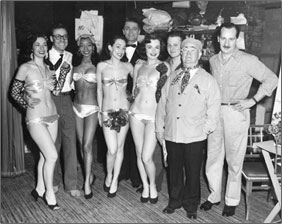
During and following the war, members continued to have exhibitions at prominent galleries in New York. Incorporated in the 1920s, the Society welcomed women to full membership, an anomaly to most social and professional organizations of the time.
The Roaring Twenties and the decade of the Great Depression were the heyday of the Society’s Illustrators Shows (aka the Girlie Shows). Society members produced these popular entertainments – they wrote the theatrical skits and songs, created the sets, and were the actors, along with their models. Outside talent, such as the Cotton Club Band and Jimmy Durante, were called upon for their professional skills.
Invitees to these well attended events included Jazz Age Mayor Jimmy Walker and Mayor Fiorello LaGuardia, who, in 1935, luckily failed to attend the night police raided it due to the risqué nature of the nude dancing.
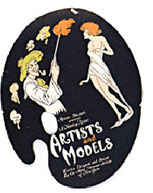
In the early twenties, through the auspices of member Watson Barrett, the Illustrators Show was performed at the Shubert Theater, the success of which prompted the Shubert family to purchase the rights to the skits for their own production of Artists and Models in 1923. By the end of the thirties, those funds allowed the Society to acquire its present headquarters on the Upper East Side. Taking advantage of depressed real estate prices, illustrator Wallace Morgan found the building, which would become home to the Society in August 1939. Member Norman Rockwell’s painting, Dover Coach, became the background for the fourth floor bar. Today it continues this auspicious function at the third floor bar.
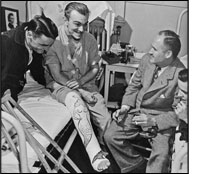
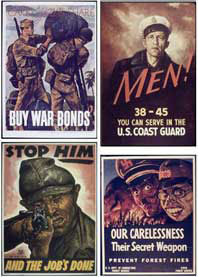
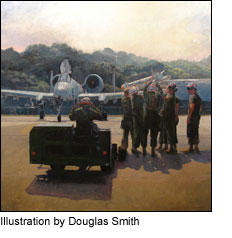
The 1950s saw the creation of three of the Society’s most enduring institutions. Early in the decade, the first Scholarship Fund was established, a program that has benefited countless illustration students nationwide. In 1958 the Society’s Hall of Fame named Norman Rockwell as its first member. Selected annually by former presidents, this honor has since been bestowed on over 150 artists, living and posthumously, for “distinguished achievement in the art of illustration”.
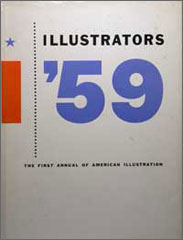
In 1959, members Bob Peak, Bradbury Thompson and Stevan Dohanos, among others, juried the First Annual Exhibition that resulted in a show of 350 original artworks. The first Illustrators Annual book followed. For the 25th edition, the book went to full color and in 2005 the format changed from hard to soft cover. In 2009, the system for gathering entries and the jurying process went fully digital – although the art was open to all media.
The Society’s commitment to community involvement has included the participation of Society members, from 1961 to 1965, at the Saturday School of the Warwick Training School for Boys, what had been a “reform school” since the 1930s; outreach programs in conjunction with the Police Athletic League (from 1966), the New York City Parks Department, and the Board of Education (from 1999). Since 1992 the Society has donated more than 6,000 children’s books to shelters and charities citywide.
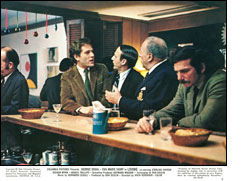
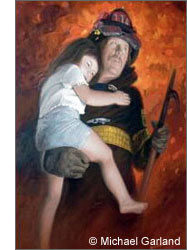
2001, the Society’s Centennial, was a year long celebration that began with a United States Postal issue: Great American Illustrators. Following the September attacks, the year ended with the “9/11 Memorial Exhibition: Prevailing Human Spirit.”
The Society of Illustrators is an organization of many layers, one which provides illustrators a center to discuss, demonstrate and exhibit their work, contributes to future artists and to the community at large, honors its preeminent practitioners, takes a stand on legal and ethical issues affecting the profession – and has a great dining room to boot! As it faces the challenges of a swiftly changing future, the Society will continue to “promote generally the art of illustration,” as its founders dictated.
